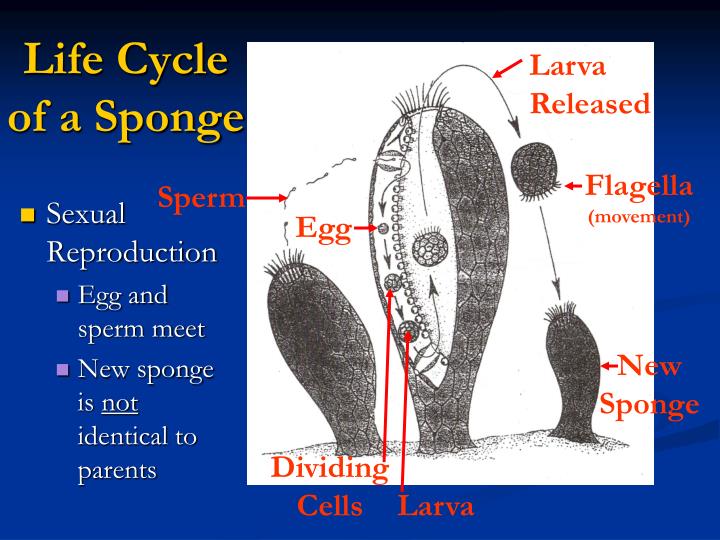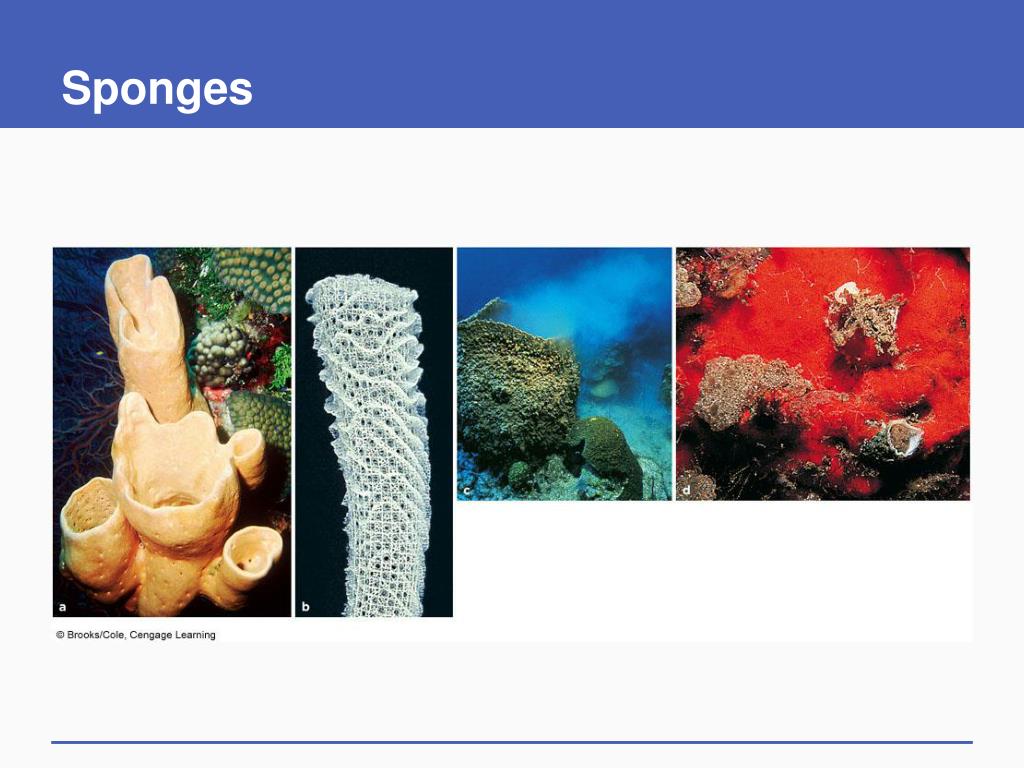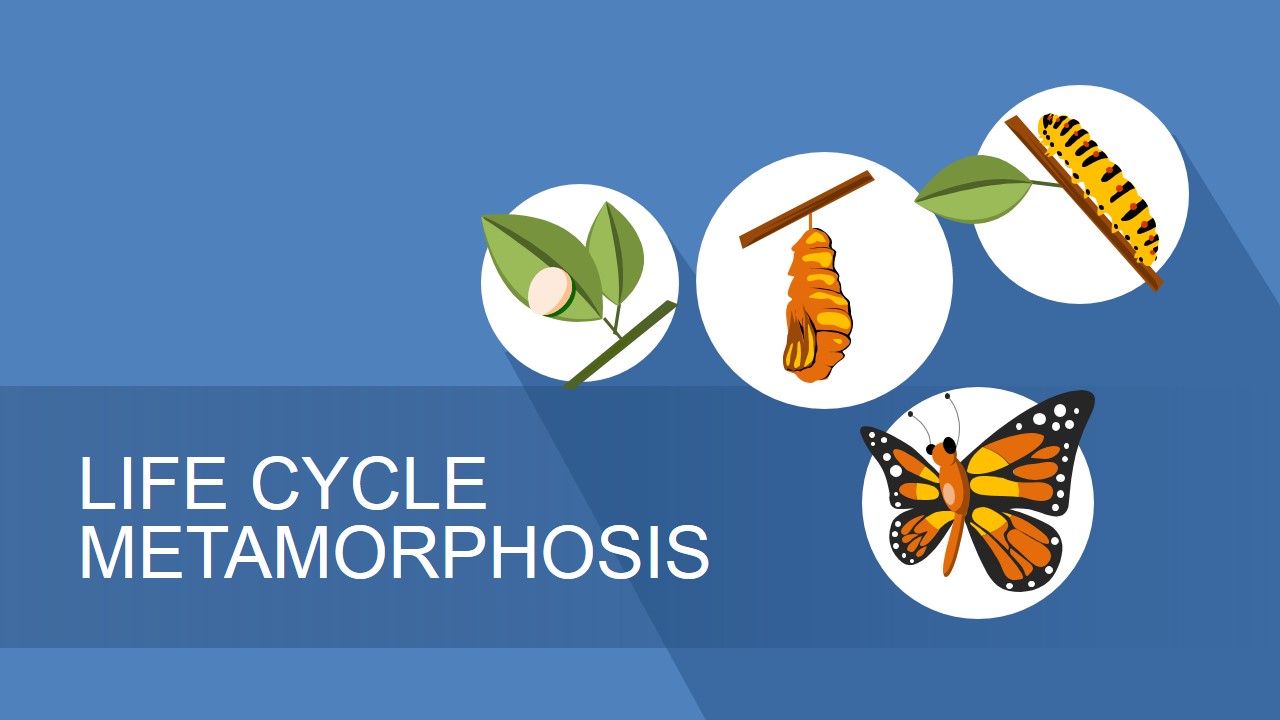

During the larval stage, the tunicates does not have a mouth and doesn't feed. Tunicates have a brief larval stage in which their main goal is to find a place to live out their adult life. After the blood build up, pressure also builds up and this allows for blood flow to continue in the opposite direction. Movement of the blood begins at the anterior region of the heart ad then moves to the pharyngeal vessels then to the mid dorsal vessel where digestion occurs and it ends up on the dorsal part of the heart. The heart of a tunicate is complex in the way it pumps blood blood flow will only move in one direction at a time. It is porous to allow water to move out, it also connects the inhalant siphon to the digestive system. The pharynx is inside a larger compartment called the atrium.



Inhalant Siphon- This opening allows the tunicate to feed as well as take in water.Heart- pumps blood in a different manner, for a few minutes it will pump in one direction and then pump in reverse for another few minutes.Tunic- tissue that can be gelatinous or hard, it provides protection from predators and it also contains cellulose most of the time.However, later in life the organism reabsorbs the tail, notochord and dorsal nerve cord as a source of food. Tunicates during their larval stage also contain gravity and light-sensitive sensory vesicles, this gives them the ability to orient themselves as they swim. This allows them to attach to their chosen spot, this will then lead them to grow the necessary structures to live an adult life. As tunicates are sedentary, they lose some parts of their skeletal anatomy. These characteristics are only seen in embryonic development of tunicates. Tunicates and vertebrates both have the features: notochord, dorsal hollow, and nerve cord. Tunicates belong to the phylum Urochordata, which is closely related to phylum Chordata that includes all vertebrates. The most common types of tunicates found in the Caribbean, in areas around St.John, are the bluebell tunicate and the strawberry tunicate. They are often referred to as " sea squirts" because when touched they tense up and then squirt water from their siphons. There are over 2000 species of Ascidians along with 72 species of Thaliaceans and 20 Appendicularians. Drifting Tunicates – Some tunicates never attach to an object or surface, but live as planktonic drifters.These colonies are similar in resemblance to encrusting marine animals like sponges, but upon closer look they have the same structures as solitary tunicates. Colonial Tunicates – tunicates are able to bud off individual tunicates and grow colonies.Solitary Tunicates – some tunicates live alone, not in a colony with other tunicates.


 0 kommentar(er)
0 kommentar(er)
